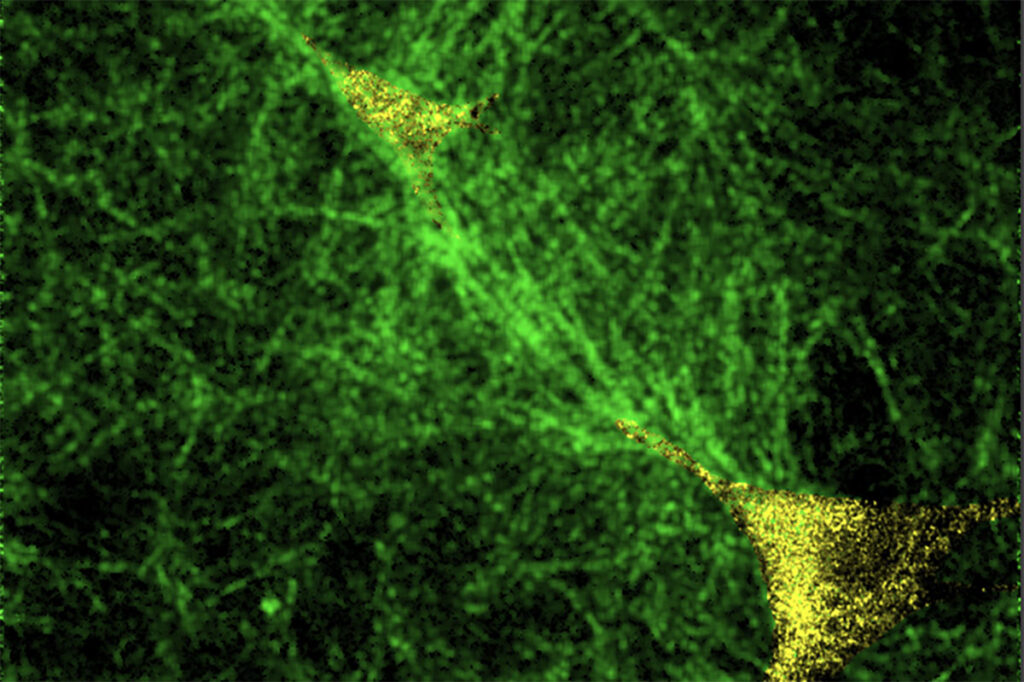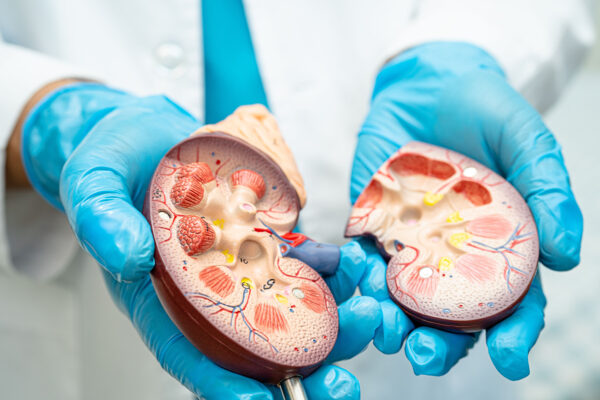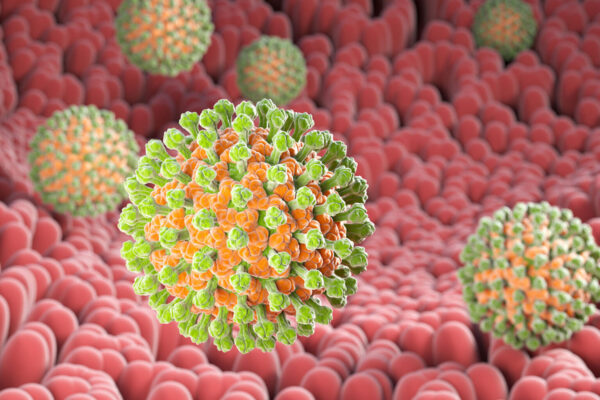
Cells convert mechanical forces into signals that influence physiological processes, such as exercise strengthening bones. A research team at Washington University in St. Louis and Tsinghua University in Beijing have discovered that biological tissues also can undergo dramatic phase transitions, or collective shifts where wound healing cells can switch from disordered, healthy states to highly coordinated disease states, like when water suddenly freezes into ice.
This discovery, published Oct. 3 in Proceedings of the National Academy of Sciences, reveals why fibrotic diseases often progress in switch-like jumps rather than gradually and points to new therapeutic strategies that target the physical properties of tissue rather than just cellular biochemistry. The team used computational modeling to uncover the mechanical “tipping point” that determines whether cells can collectively coordinate to spread a disease called fibrosis, an excessive scarring that underlies failure of nearly any organ, and especially in diseases of the liver, lungs, kidneys and heart.
“What we’ve shown is that this isn’t a gradual process,” explained Guy M. Genin, co-senior author and the Harold and Kathleen Faught Professor of Mechanical Engineering in the McKelvey School of Engineering at WashU. “There’s a sharp transition point.”
Read more on the McKelvey Engineering website.


